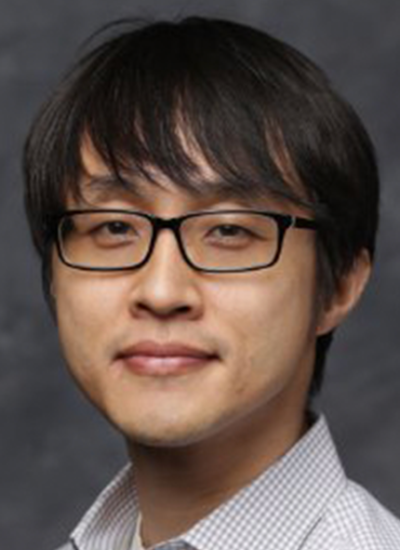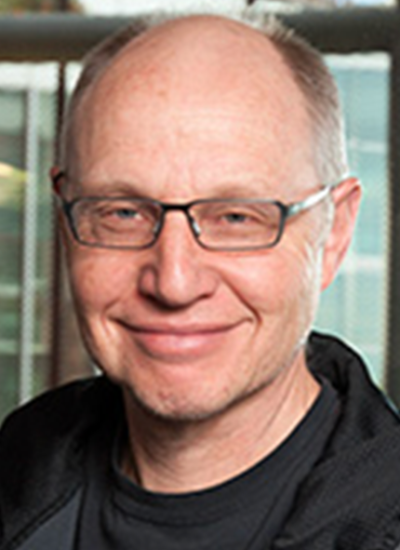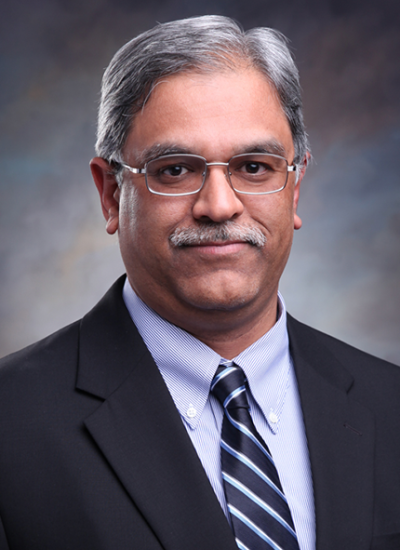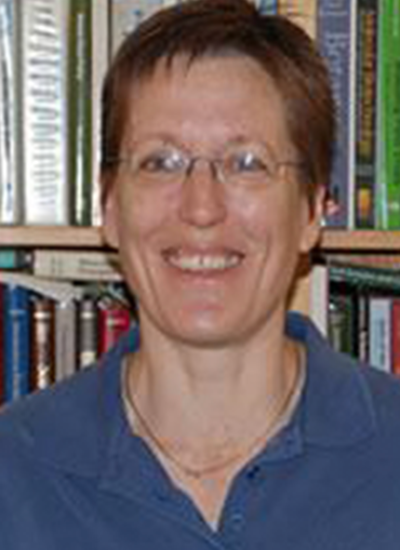Walter Klimecki
Work Summary
Walter Klimecki's research program involves the balance between the particular DNA sequence “versions” of genes that we inherit from our ancestors, and the particular environmental exposures that we experience throughout our lives. The Klimecki lab studies diseases resulting from human exposure to arsenic, contributing to a better understanding of the inherited genetic differences between people that result in altered chemical processing of arsenic after it enters the body.











